Pansy Seed Sowing: Learn How To Plant Pansy Seeds


Pansies are a long-time favorite bedding plant. While technically short-lived perennials, most gardeners choose to treat them as annuals, planting new seedlings each year.
Coming in a wide array of colors and patterns, these harbingers of spring are readily available for purchase in most home improvement stores, garden centers, and nurseries. Gardeners looking to save money often consider starting their own pansy transplants from seed.
Though somewhat time consuming, the process is relatively easy, even for inexperienced growers. Keep reading to learn about the care of seed grown pansies.
How to Plant Pansy Seeds
Pansies are cool season plants which grow best when temperatures are below 65 degrees F. (18 C.). This makes the plants ideal candidates for planting in fall and spring gardens. Knowing when and how to sow pansy seeds varies depending upon where the grower lives.
With its larger blooms, this member of the viola family is surprisingly cold tolerant, often surviving temperatures below 10 degrees F. (-12 C.). Various germination methods will ensure a beautiful addition to home landscaping and decorative flower beds. When growing pansies from seed, temperature is an important factor which must be regulated. Ideal germination temperatures range between 65 to 75 degrees F. (18-24 C.).
While gardeners living in warmer growing zones may be able to sow seeds in the late summer for fall and winter blooms, those living in harsher climate zones may need to sow seed in spring.
Starting Pansies Indoors
Pansy seed propagation indoors is relatively easy. Start with a high-quality seed starting mix. Fill the plant trays with growing medium. Then, surface sow the pansy seeds into the tray, making sure that the seed comes into good contact with the soil. Place the tray into a black plastic bag which does not allow light to pass.
Gardening tips, videos, info and more delivered right to your inbox!
Sign up for the Gardening Know How newsletter today and receive a free copy of our e-book "How to Grow Delicious Tomatoes".
Place the tray in a cool location and check for signs of growth every couple days. Make certain the soil remains moist throughout the germination process. Once seeds have germinated, move to a location with ample light until time to transplant into the garden.
Remember, the hardy nature of pansies allows them to be transplanted in the spring as soon as the soil can be worked. Fall sown pansies can be transplanted as soon temperatures have started to cool in autumn.
Starting Pansies Outdoors
While direct sowing pansy seeds into the garden may be possible, it is not recommended. Gardeners without the space or required supplies for starting seeds indoors can still do so using the winter sowing method. The winter sowing method uses recycled containers, such as milk jugs, to serve as “mini greenhouses.” Surface sow the pansy seeds into containers and place the containers outside. When time is right, the pansy seeds will germinate and begin to grow. Seedlings can be transplanted into the garden as soon as the soil can be worked in the spring.

Tonya Barnett has been gardening for 13 years. Flowers are her passion. She has transformed her backyard into a cut flower garden, which she regularly chronicles on her YouTube channel http://www.youtube.com/@tonyawiththeflowers.
-
 Looking For Plants To Give You The Soft And Fuzzies? Try These 5 Fuzzy Leaf Plant Options
Looking For Plants To Give You The Soft And Fuzzies? Try These 5 Fuzzy Leaf Plant OptionsLovers of texture, drama, silver foliage and tactile plants will adore these special sensory garden additions. These fuzzy leaf plant options will leave you all aglow
By Susan Albert
-
 Get Ready For A Summer Of Hummers! Grow These Full Sun Hummingbird Plants and Flowers
Get Ready For A Summer Of Hummers! Grow These Full Sun Hummingbird Plants and FlowersIf you’re lucky enough to enjoy a sunny backyard, make sure you are maxing out on your pollinator opportunities and grow these full sun hummingbird plants and flowers
By Tonya Barnett
-
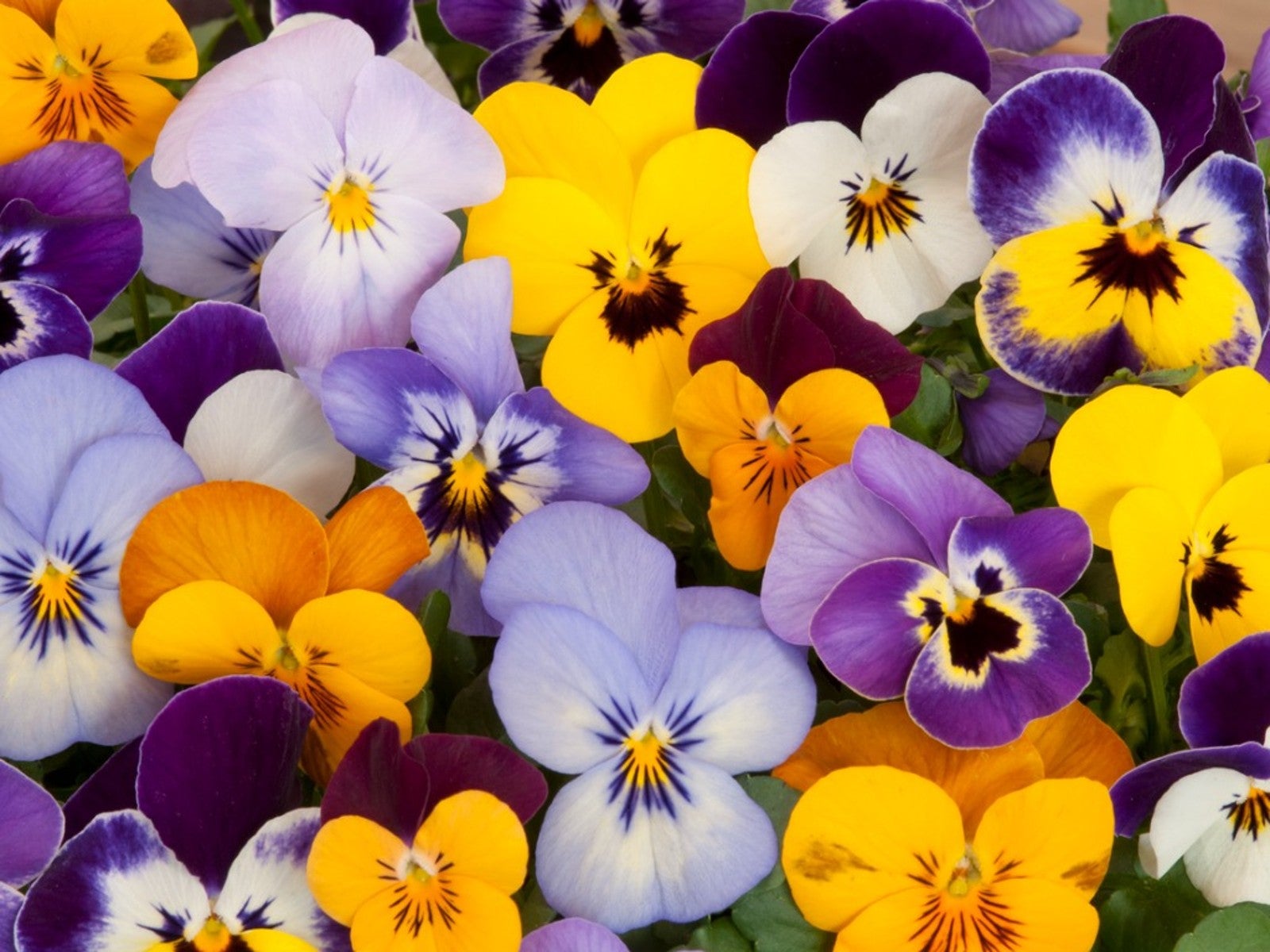 10 Best Pansy Varieties - Growing Beautiful Pansies
10 Best Pansy Varieties - Growing Beautiful PansiesWhile traditional pansies are always a favorite, there are many newer hybrids. Read on for our top 10 pansy varieties.
By Tonya Barnett
-
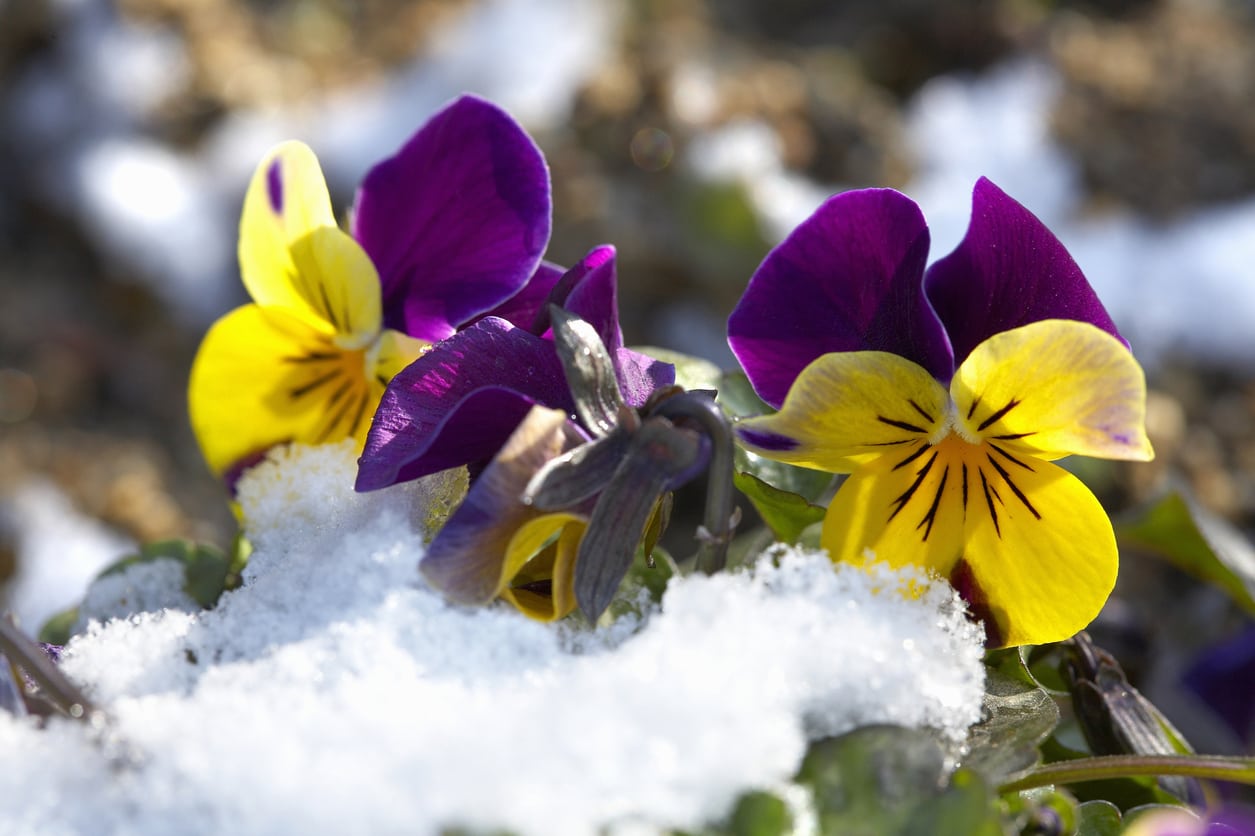 Pansy Winter Care: Tips For Growing Pansies In Winter
Pansy Winter Care: Tips For Growing Pansies In WinterDepending on your climate, pansies can grow beautifully in winter. They are hardy and a bright spot in cold months.
By Mary Ellen Ellis
-
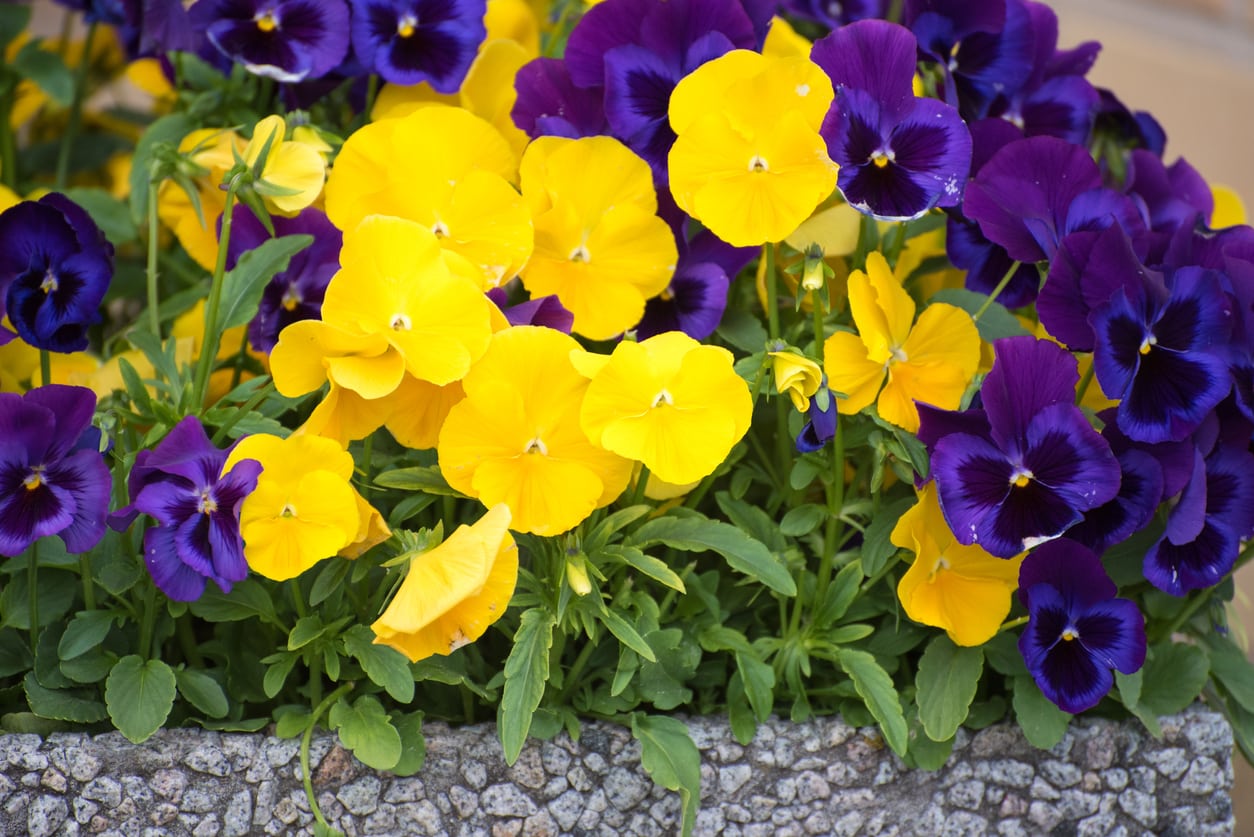 Pansy Bloom Time: When Is Pansy Flowering Season
Pansy Bloom Time: When Is Pansy Flowering SeasonPansies still liven up the flower garden all summer long, but that's not all. These days, with new types of pansies being developed, pansy bloom time can last the whole year through. If you want more information about the pansy flowering season, click this article.
By Teo Spengler
-
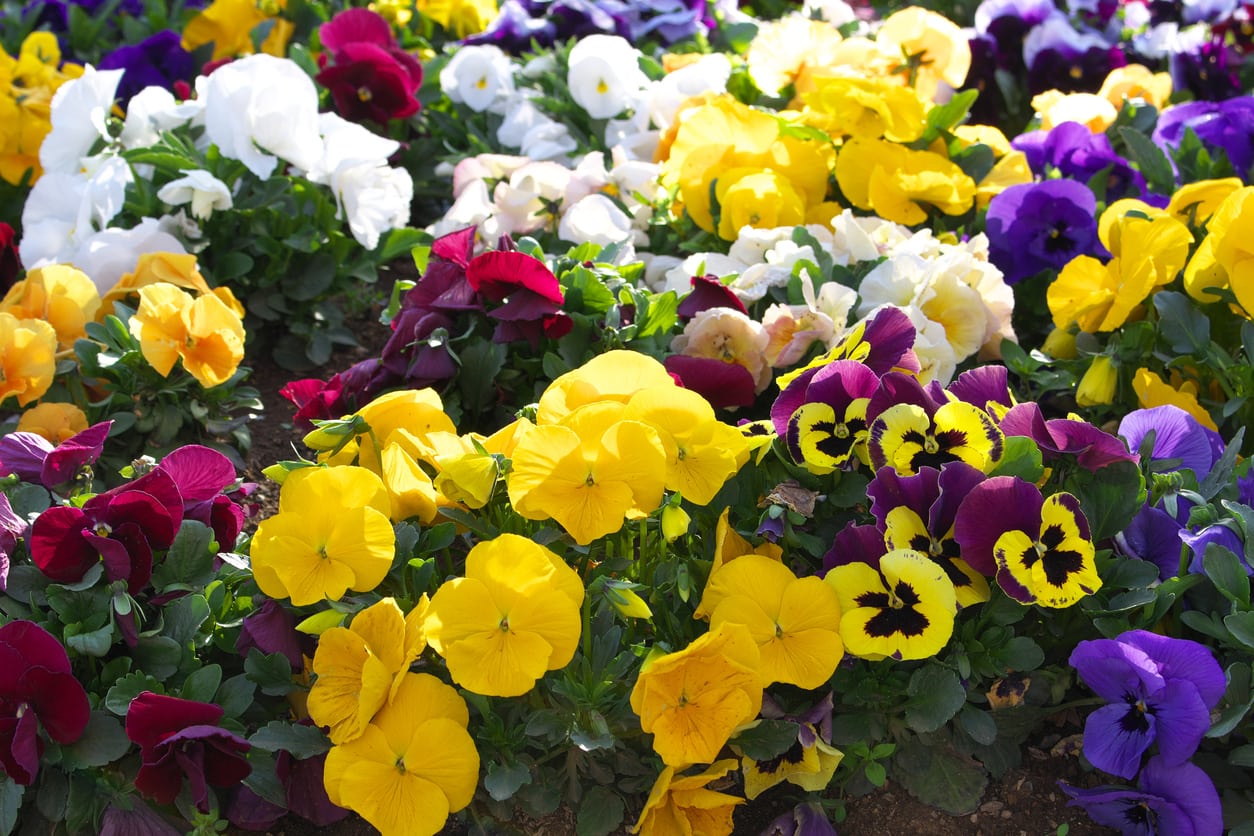 Pansy Plant Types: Selecting Different Kinds Of Pansy Flowers
Pansy Plant Types: Selecting Different Kinds Of Pansy FlowersPansies have been around for centuries, but so many new and fabulous pansy varieties have been developed that they have taken on a whole new aspect in the flower garden. If you want more info on remarkable kinds of pansy flowers, then this article will help.
By Teo Spengler
-
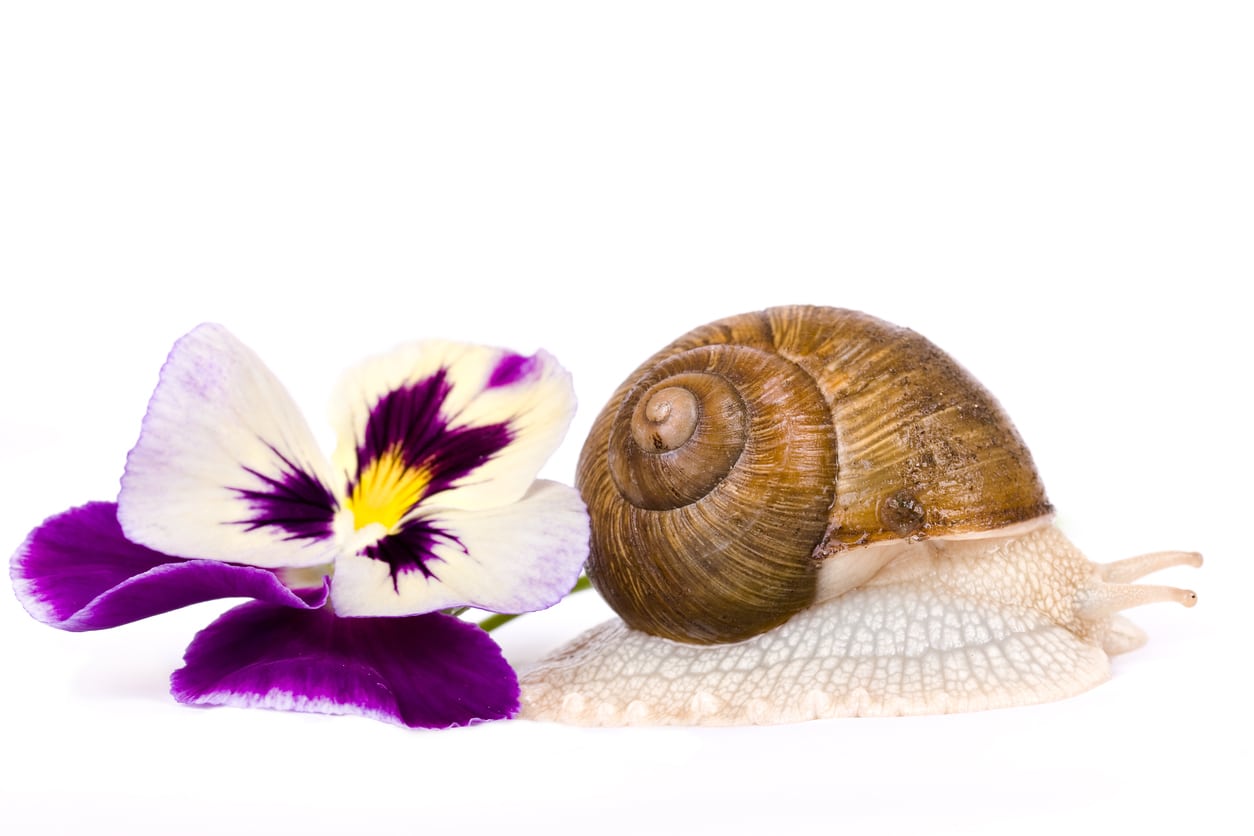 Pansy Pest Problems – Controlling Bugs That Eat Pansies
Pansy Pest Problems – Controlling Bugs That Eat PansiesPansies are very useful flowers. But while these plants are very popular with gardeners, they're just as popular with insects and other pests. Click the following article to learn more about the most common pansy plant pests and how to combat bugs that eat pansies.
By Liz Baessler
-
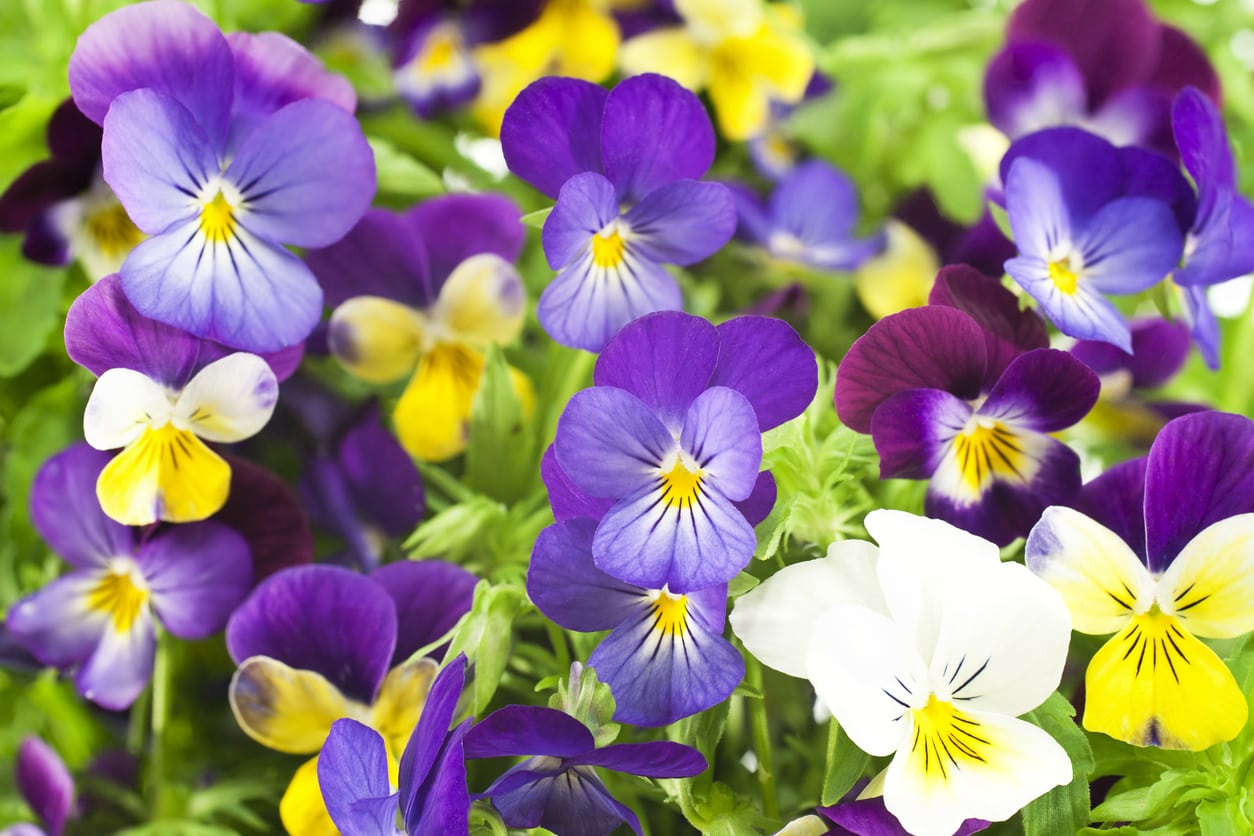 No Flowers On Pansy Plants: Help, My Pansies Aren’t Blooming
No Flowers On Pansy Plants: Help, My Pansies Aren’t BloomingEasy to grow, pansies are a terrific option for the novice gardener. Even so, gardeners may find that their pansies aren?t blooming. What causes no flowers on pansy plants? Click here to find out about pansies that won?t bloom and what to do when pansies are not flowering.
By Amy Grant
-
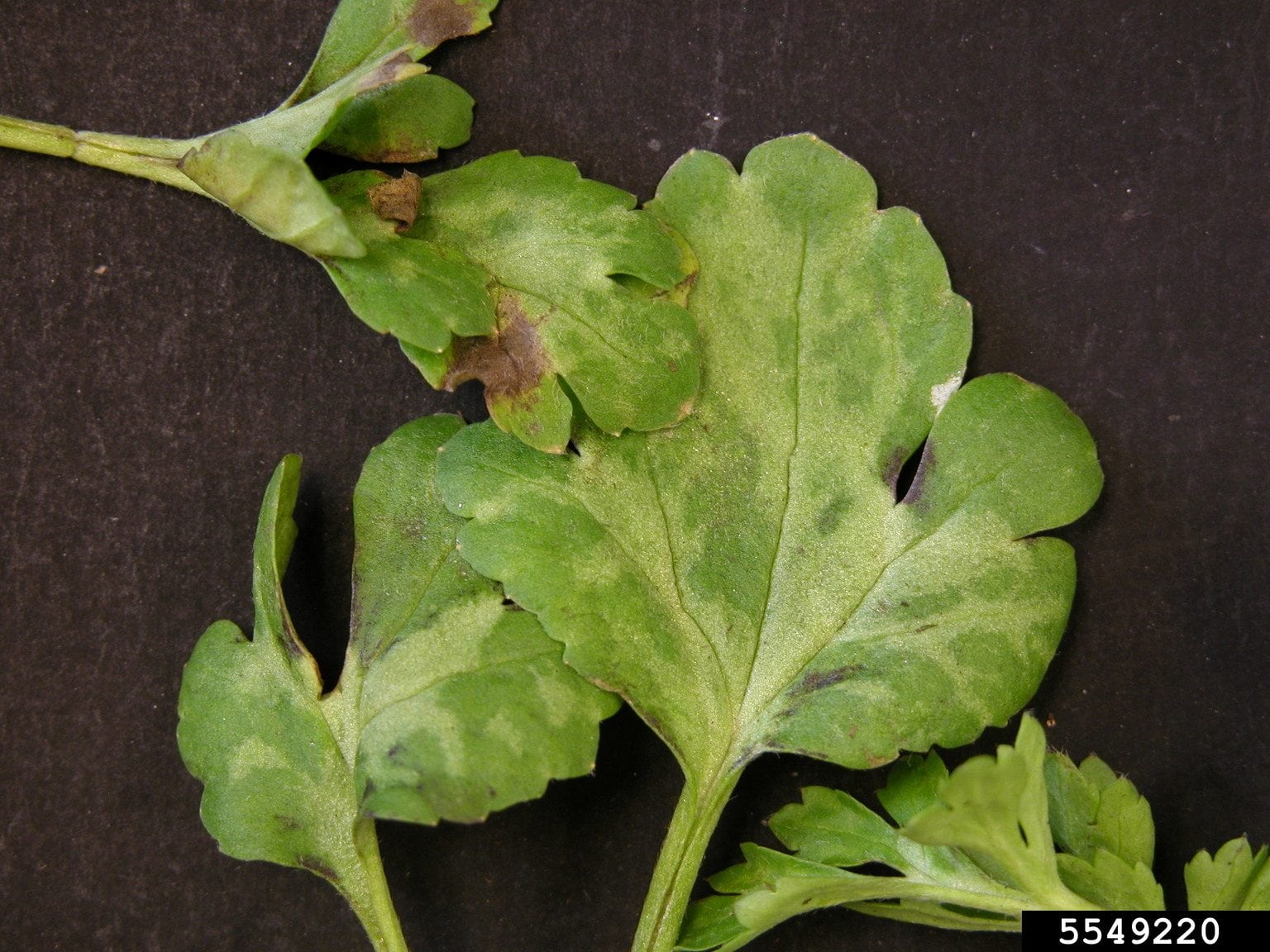 Pansy Leaves Changing Color – Fixes For Pansies With Yellow Leaves
Pansy Leaves Changing Color – Fixes For Pansies With Yellow LeavesVarious diseases may be responsible when pansy leaves are yellowing, but pests or improper fertilization can also cause discolored pansy leaves. Click this article to learn about a few of the most common culprits.
By Mary H. Dyer
-
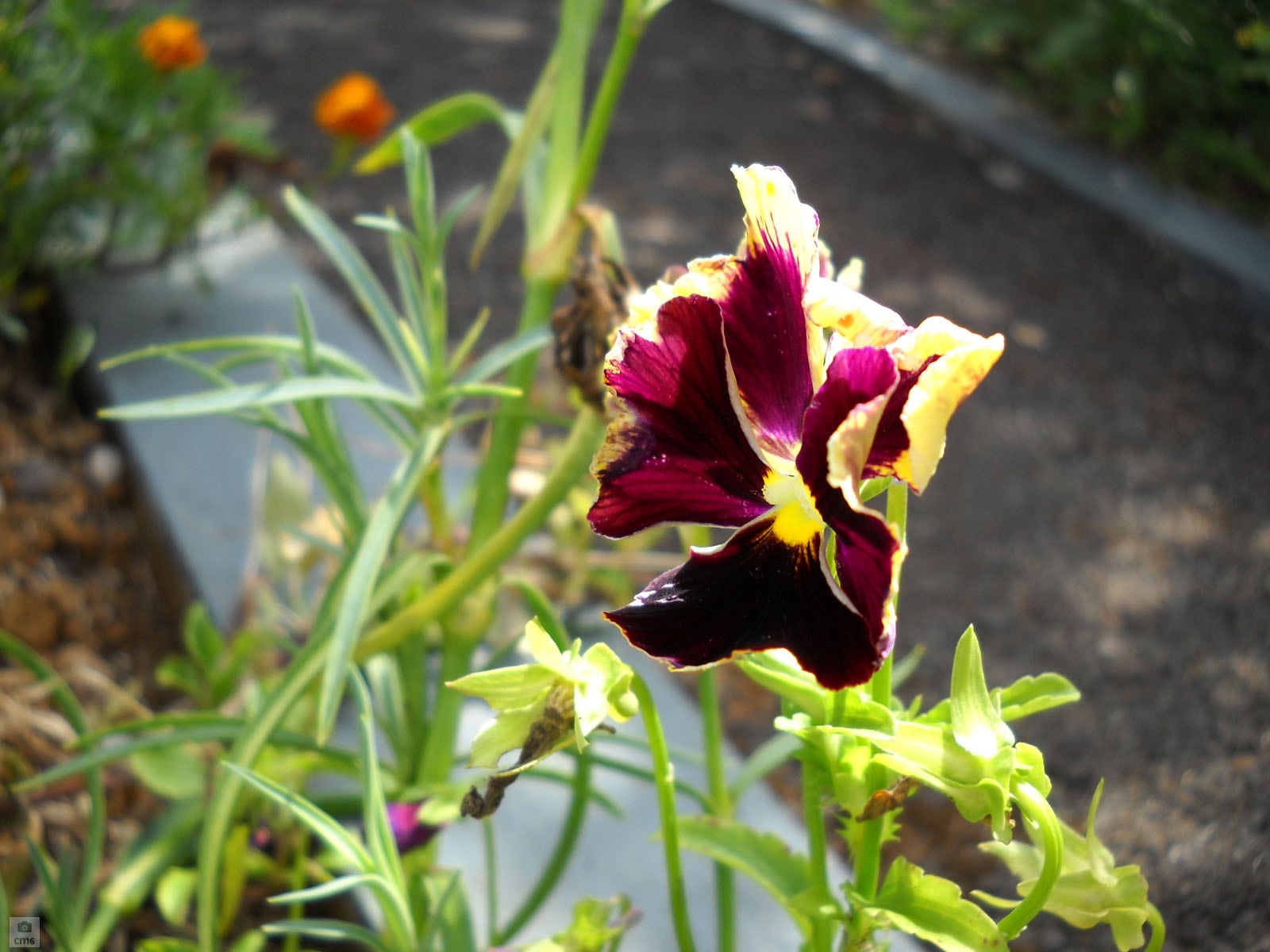 Common Pansy Problems: What’s Wrong With My Pansies
Common Pansy Problems: What’s Wrong With My PansiesBecause pansies thrive in partially shaded areas, they can fall victim to numerous fungal pansy plant issues. If you've found yourself wondering what's wrong with my pansies, click this article for more information on common problems with pansies.
By Darcy Larum